Driver is mounted 1:1 and damp-duct 1:5.
Sound absorbing material is minimal.
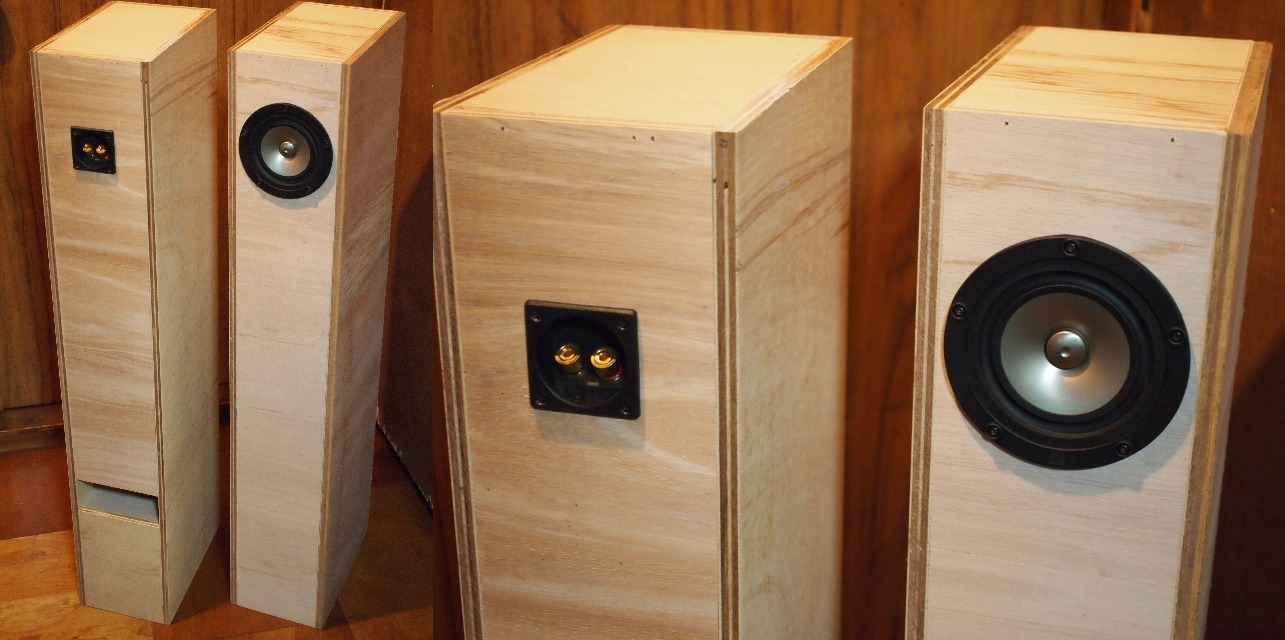
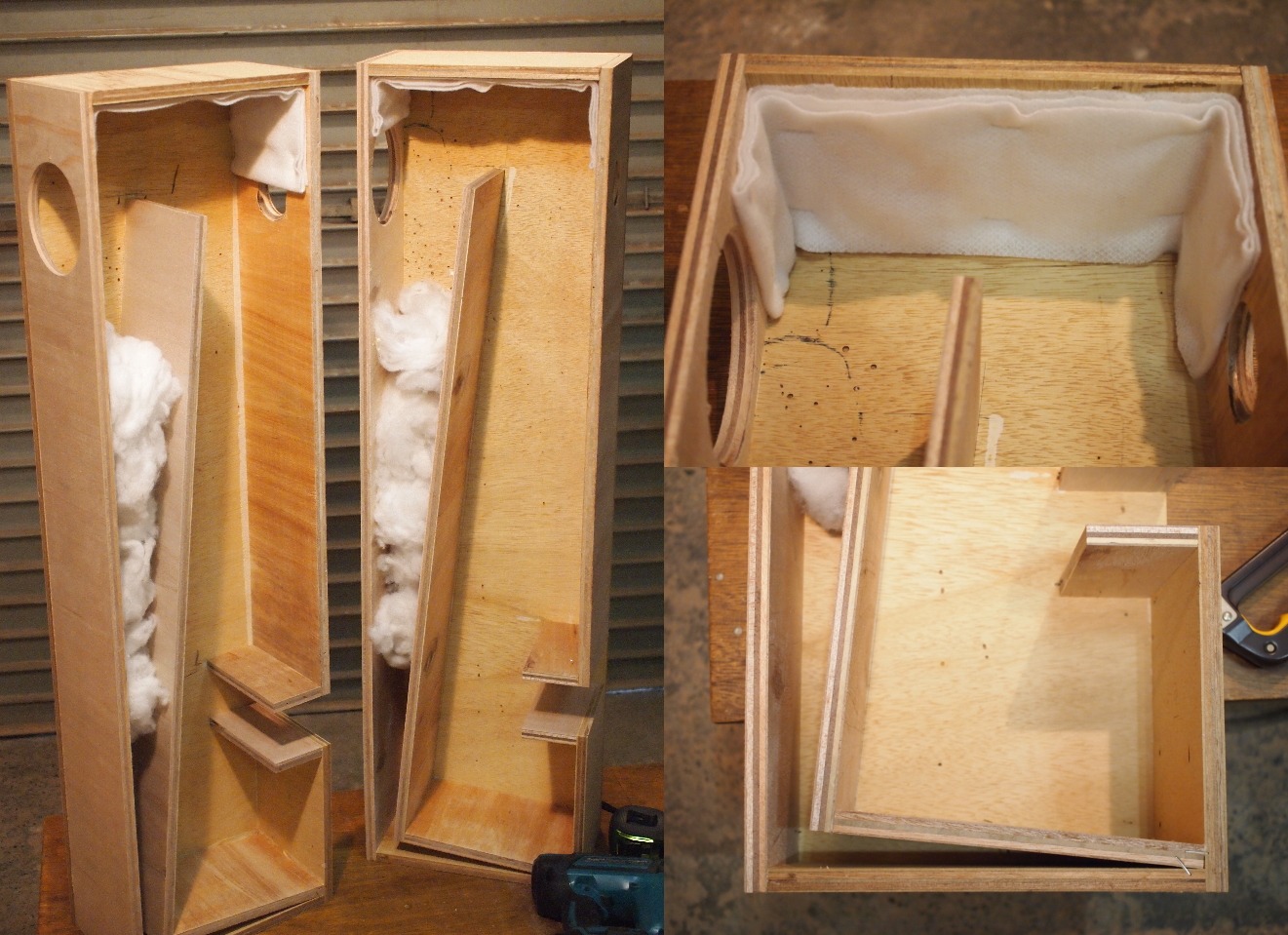
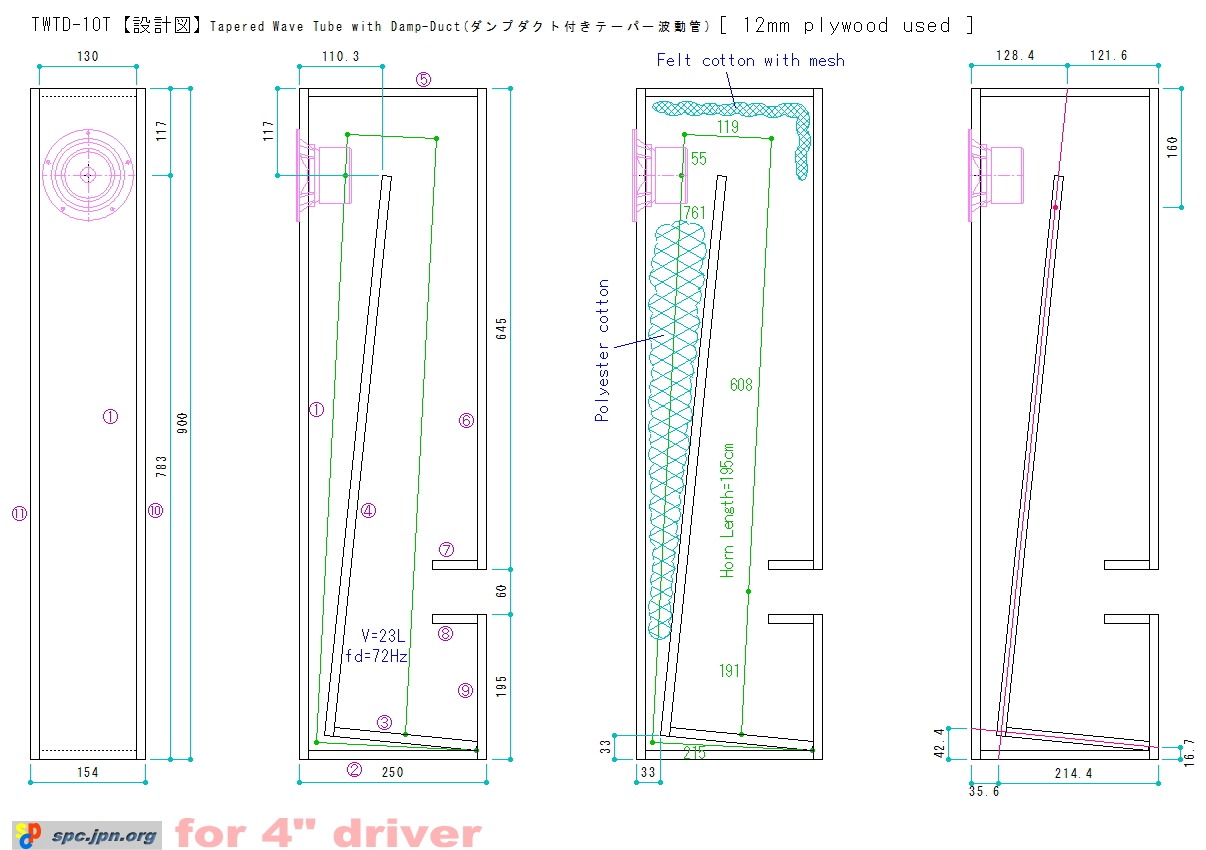
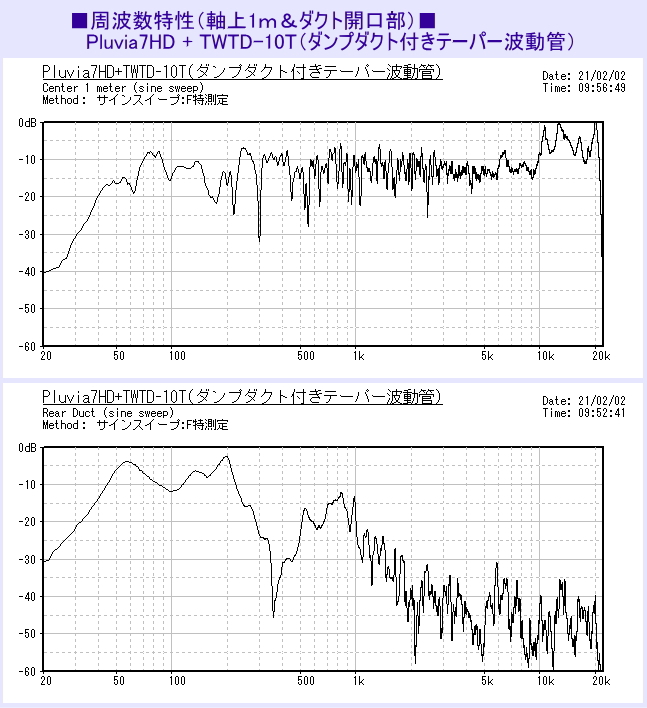
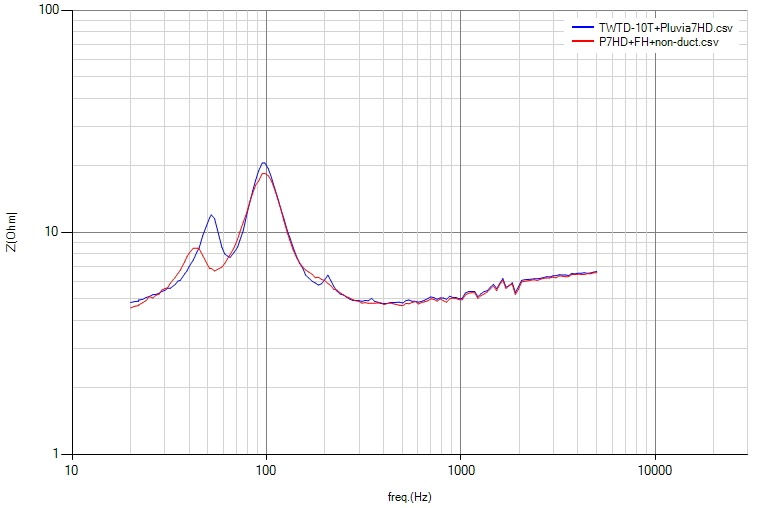
Sound absorbing material is minimal.





Very interesting. Scott and i did 2 designs that only differ in the details and the drivers used (Fostex).
We call it an ML-Voigt.

dave
We call it an ML-Voigt.

dave
Last edited:
Dear, planet10
FH and ML-Voigt sounds in the same direction.
High quality mid and high, crisp and clean bass.
Both are very nice boxes.
FH and ML-Voigt sounds in the same direction.
High quality mid and high, crisp and clean bass.
Both are very nice boxes.
What is the advantage of offsetting the vent up the line vs at the very bottom?
Very nice aesthetics with the plywood! It's a good looking speaker.
Very nice aesthetics with the plywood! It's a good looking speaker.
Dear,cogitech
Part7 & 8 =60mm

---- Pluvia7HD + TWTD at YouTube ----
Tapered Wave Tube with Damp-Duct (TWTD) [or ML-Voigt] [or "Sifted Mouth-TQWT"] + MarkAudio Pluvia7HD - YouTube
0:00 Orinoco Flow - Enya
4:26 Estrellita - Yuko Oohashi
9:00 Softly As In a mornbing Sunrise - MJQ
15:21 Suliko
17:36 Temptation - Diana Krall
[Playback System]
PC(Win10)
TOPPING E30(DAC)
Softone Model8-300B(Tube Amp)
MarkAudio Pluvia7HD(TWTD-10T)
[Recording System]
PC(Win10)
TASCAM 102i(audio interface)
AKG P220(at 2.5 meter)
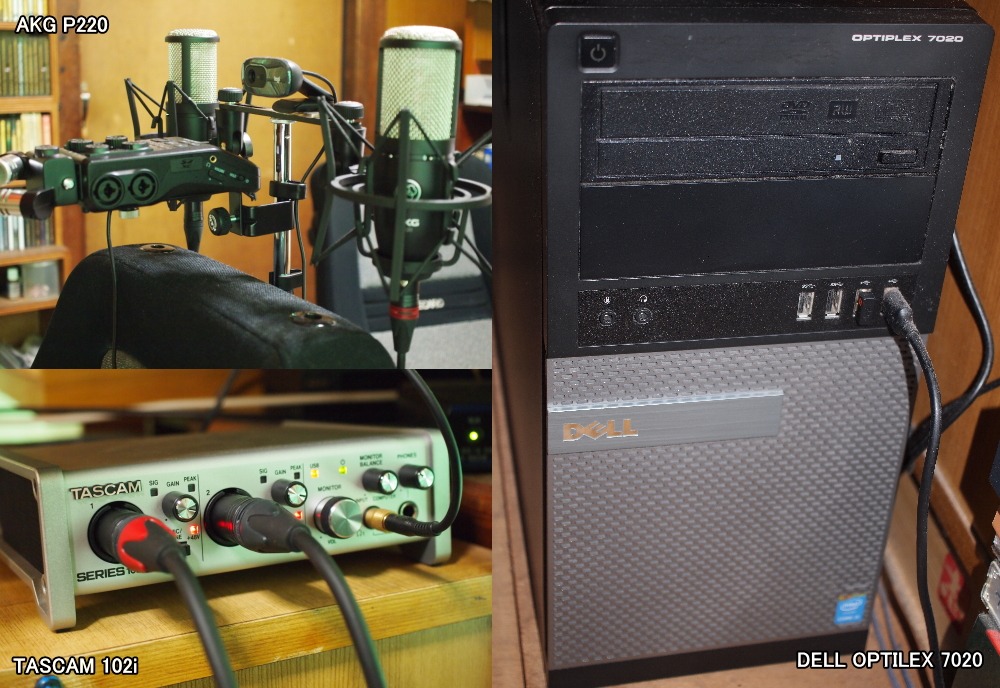
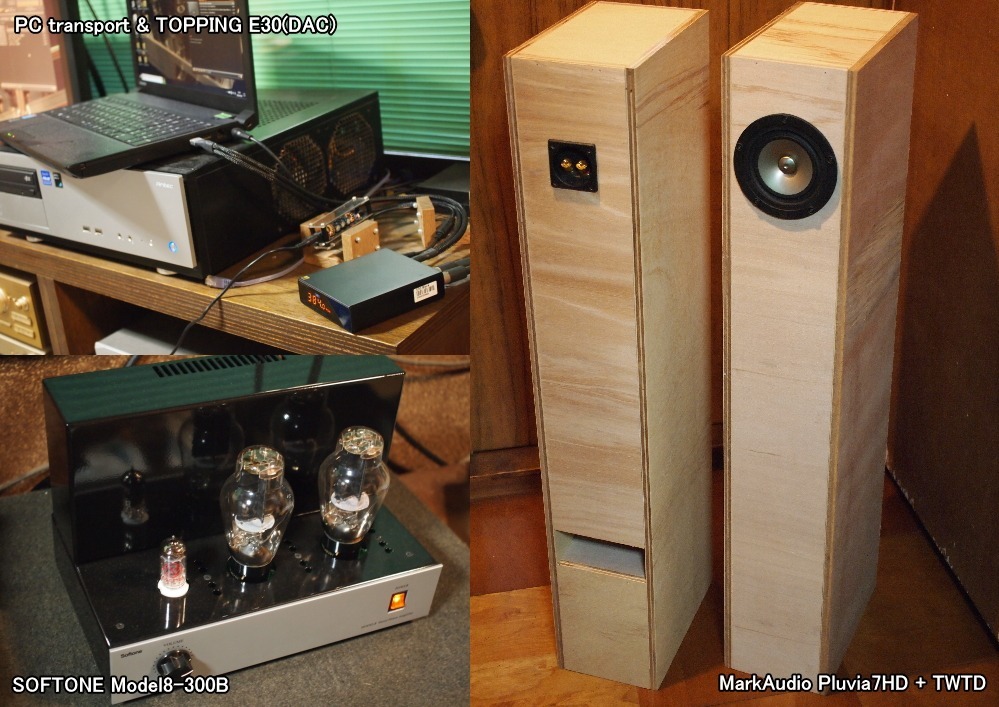
Part7 & 8 =60mm

---- Pluvia7HD + TWTD at YouTube ----
Tapered Wave Tube with Damp-Duct (TWTD) [or ML-Voigt] [or "Sifted Mouth-TQWT"] + MarkAudio Pluvia7HD - YouTube
0:00 Orinoco Flow - Enya
4:26 Estrellita - Yuko Oohashi
9:00 Softly As In a mornbing Sunrise - MJQ
15:21 Suliko
17:36 Temptation - Diana Krall
[Playback System]
PC(Win10)
TOPPING E30(DAC)
Softone Model8-300B(Tube Amp)
MarkAudio Pluvia7HD(TWTD-10T)
[Recording System]
PC(Win10)
TASCAM 102i(audio interface)
AKG P220(at 2.5 meter)


Dear, Tom V
Offset to lower the peak from the duct.
It is difficult to balance the sound absorbing material and the duct position.
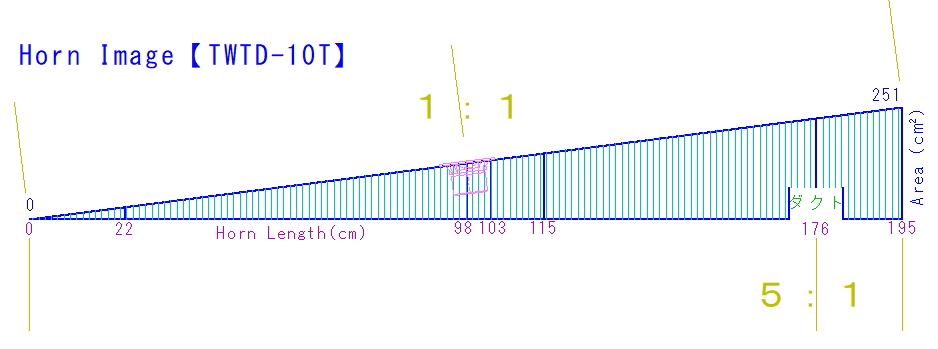
Offset to lower the peak from the duct.
It is difficult to balance the sound absorbing material and the duct position.

Last edited:
Dear nandappe, as Pluvia and Alpair series are not the same but so-so similar in basic parameters, will this nice cabinet be good with Alpair 7 MS?
And thanks for sharing it, of course.
And thanks for sharing it, of course.
Dear, azubinski
It's also a good match for Alpair7MS.
7MS has gentle treble and muscular bass.
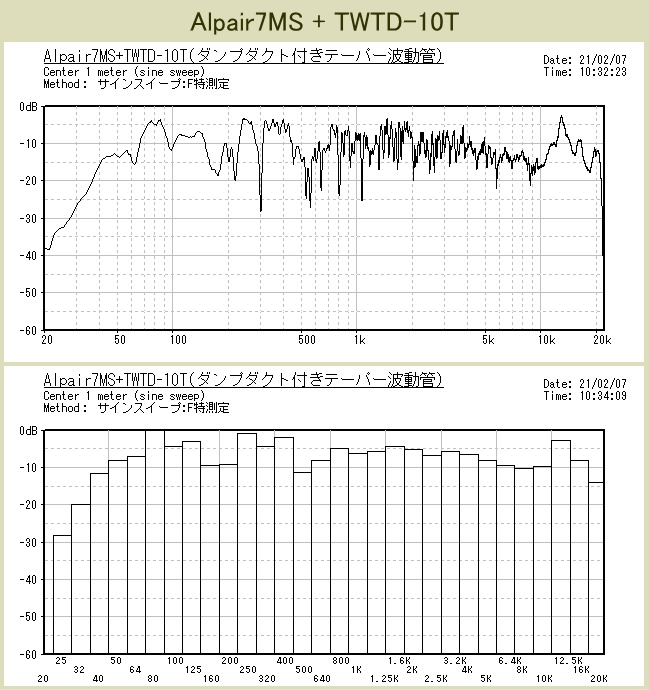
---- Alpair7MS + TWTD at YouTube ----
Tapered Wave Tube with Damp Duct(TWTD) + Alpair7MS - YouTube
0:00 Orinoco Flow - Enya
4:26 Estrellita - Yuko Oohashi
9:00 Softly As In a mornbing Sunrise - MJQ
15:21 Suliko
17:36 Temptation - Diana Krall
[Playback System]
PC(Win10)
TOPPING E30(DAC)
Softone Model8-300B(Tube Amp)
MarkAudio Alpair7MS + Tapered Wave Tube with Damp-Duct (TWTD-10T)
[Recording System]
PC(Win10)
TASCAM 102i(audio interface)
AKG P220(at 2.5 meter)
It's also a good match for Alpair7MS.
7MS has gentle treble and muscular bass.

---- Alpair7MS + TWTD at YouTube ----
Tapered Wave Tube with Damp Duct(TWTD) + Alpair7MS - YouTube
0:00 Orinoco Flow - Enya
4:26 Estrellita - Yuko Oohashi
9:00 Softly As In a mornbing Sunrise - MJQ
15:21 Suliko
17:36 Temptation - Diana Krall
[Playback System]
PC(Win10)
TOPPING E30(DAC)
Softone Model8-300B(Tube Amp)
MarkAudio Alpair7MS + Tapered Wave Tube with Damp-Duct (TWTD-10T)
[Recording System]
PC(Win10)
TASCAM 102i(audio interface)
AKG P220(at 2.5 meter)
nandappe,
What design tools did you use to develop this? I would like to try to scale this design to a larger driver (Alpair 10.2) and I am curious how to get started.
What design tools did you use to develop this? I would like to try to scale this design to a larger driver (Alpair 10.2) and I am curious how to get started.
A good horn/TL modeler required. One could easily start with a Pensil, transform it into a Voigt, then fold it. I think i have an unfolded one in my CAD (A10, A10.3, A10p, A10.2 likely not much different), and we have folded versions for FE108e∑ & FF165wk that look like the visualization i posted.
dave
dave
I obviously am not nandappe, but.
There is a well-known web address at his drawings, which explains a lot.
It's a very interesting source of information and designs, with the own practice based "rules of thumb" methodology (google translate will help).
There is a well-known web address at his drawings, which explains a lot.
It's a very interesting source of information and designs, with the own practice based "rules of thumb" methodology (google translate will help).
Dear,all.
I design using a brain simulator based on 50 years of experience and intuition.
If you use an existing simulator, you will make fewer mistakes, but you will not see a new world.
There is Proverb in Japan that "many failure is the basis of success" .
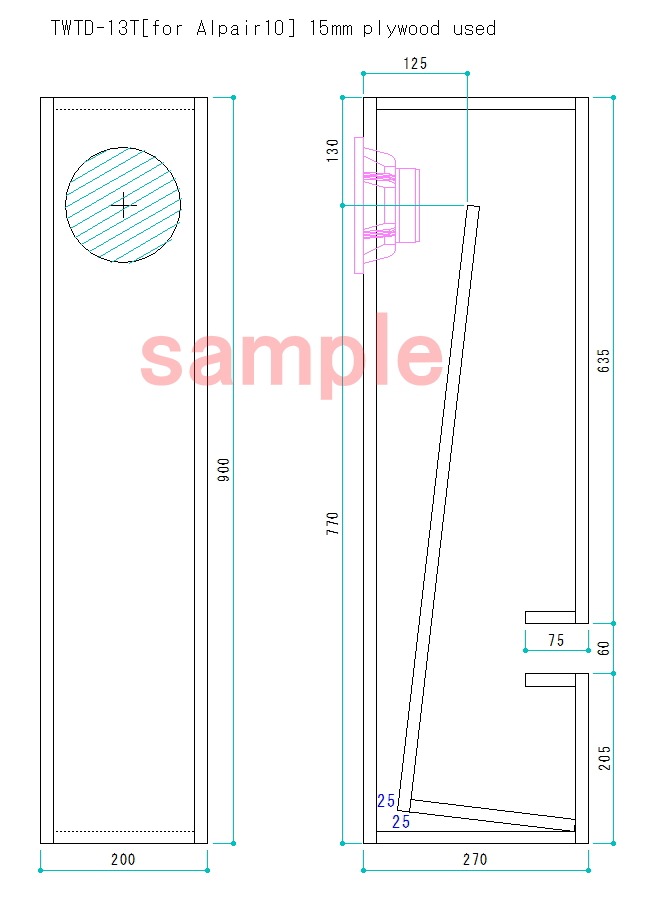
I design using a brain simulator based on 50 years of experience and intuition.
If you use an existing simulator, you will make fewer mistakes, but you will not see a new world.
There is Proverb in Japan that "many failure is the basis of success" .

nandappe,
I find your recording technique for conveying how the speakers sound to others quite interesting. Could you elaborate on it some?
For example, is the playback intended for headphone listening? Thanks!
I find your recording technique for conveying how the speakers sound to others quite interesting. Could you elaborate on it some?
For example, is the playback intended for headphone listening? Thanks!
Dear, jjasniew
I'm recording 2.5 meters away. (96kHz, 24bit recording)
After recording, fade-in, fade-out, and normalize (up to MAX 0dB) are processed.
After that, use the Windows video editor to match the image and sound, and then upload it to YouTube.
I think you can play back with headphones or speakers, but you can feel the atmosphere by listening with headphones.
However, you cannot hear the bass that shakes your skin with headphones.
[Recording system]
PC (Win10Pro, 64-bit)
TASCAM 102i (audio interface)
AKG P220 x2 (microphone)
WaveLab LE 10.0 (recording soft)
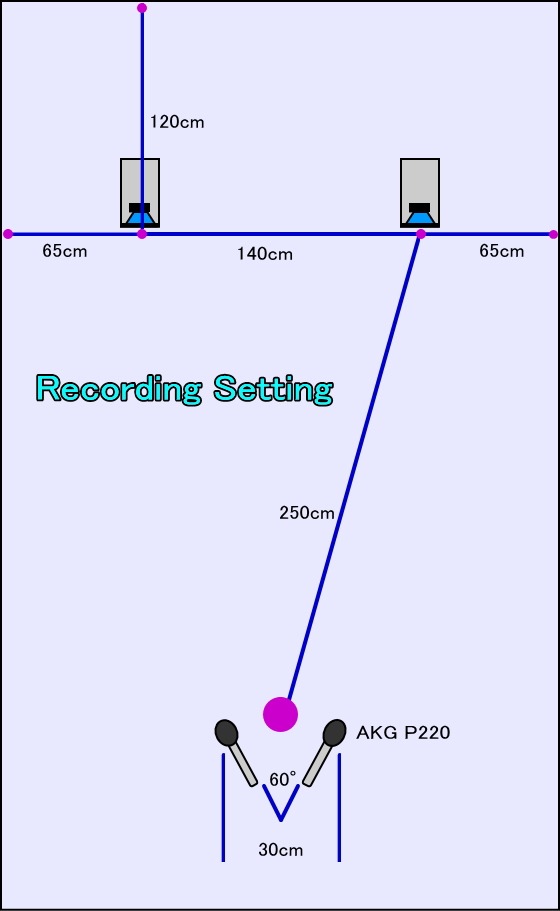

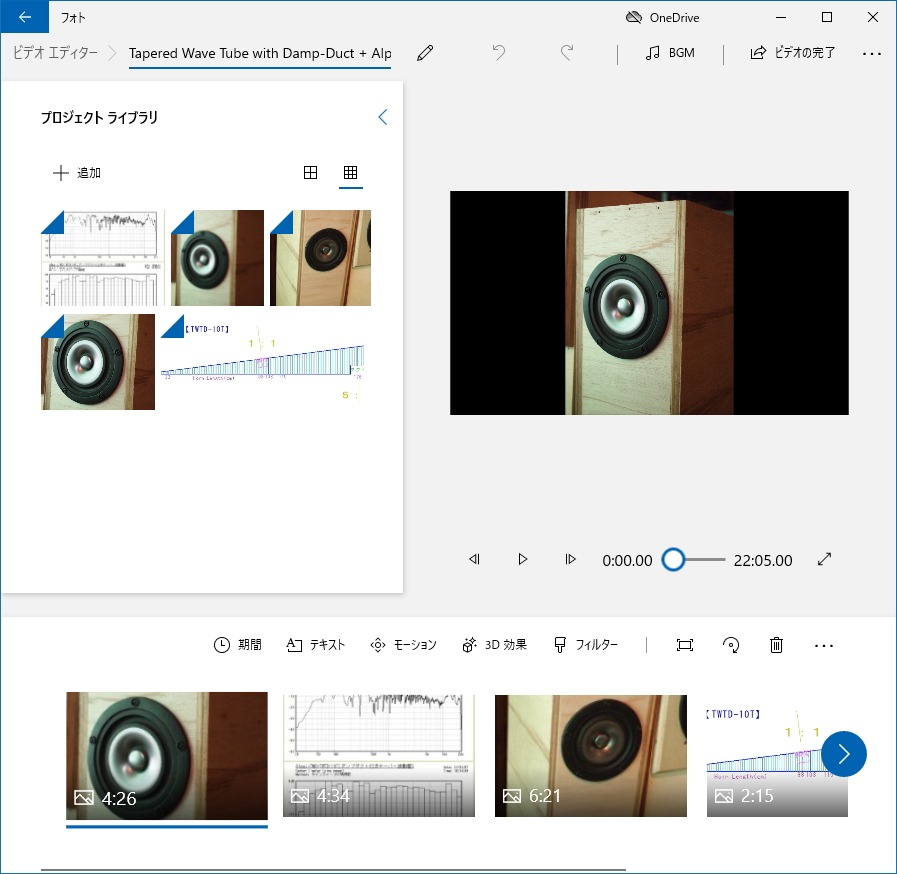
I'm recording 2.5 meters away. (96kHz, 24bit recording)
After recording, fade-in, fade-out, and normalize (up to MAX 0dB) are processed.
After that, use the Windows video editor to match the image and sound, and then upload it to YouTube.
I think you can play back with headphones or speakers, but you can feel the atmosphere by listening with headphones.
However, you cannot hear the bass that shakes your skin with headphones.
[Recording system]
PC (Win10Pro, 64-bit)
TASCAM 102i (audio interface)
AKG P220 x2 (microphone)
WaveLab LE 10.0 (recording soft)



Hi Nandappe,
Congratulations on your wonderful mass-loaded tapered TL design! I finally got a chance to connect a headphone amp and some good headphones to listen to your YouTube recordings. Very nice natural sounding and well balanced. Your recording setup is very impressive with two AKG diaphragm shock mounted mics. They sound better than a Zoom recorder with electret mics that is for sure!
Your room is actually quite good - I do not hear a lot of room reverberations, and yet it is not too "cold".
One of the best ML TL Voigt implementations I have seen or heard in a long time - bravo!

If you want to try some easy (reversible) experimental mods, try these:
1. glue some melamine foam sponge pads (BASF Basotect - patent expired) to inside where directly in line-of-sight with driver rear membrane. This will clean up the sound intelligibility by preventing back reflections from interfering with front wave. Will sound closer to an open baffle.
2. Add small amounts of very loose polyfill stuffing in the top 180 deg turn and monitor with impedance sweep to get the two peaks closer in amplitude. Also listen and make sure the bass is not killed off. This will improve the timing of the bass and reduce group delay. Transients from kick drum will be sharper.
3. Similarly, a very thin amount of open cell reticulated fish aquarium filter foam (10mm to 20mm thick) used at the terminus vent can also reduce group delay and flatten the impedance peaks. Use very sparingly as it can kill the bass amplitude. It is a tradeoff.
4. Add a puff of loose polyfill stuffing into the large chamber at the bottom and this will reduce any echo resonances and not affect the bass at all.
Please see attached marked up sketch. These are all doable after the fact and reversible. You can put the puff of stuffing at the bottom in a mesh bag with a string and pull it out the top through the driver cutout if you don't like it. These are all possible tweaks to further refine the sound. As you can see from the measurements, there are small dips and peaks, and these steps may help to smooth all of that out even more.
5. Final mod would be to use a BSC - perhaps 1.0mH air core (18ga) inductor in parallel with circa 3.3ohm (adjust to taste and measurement from 2.2ohm to 6.8ohm) 10W resistor and 0.47uF to 2.2uF MKP film cap (adjust to taste), all in parallel. This will give the speaker the "Harman Room sound" right downwards tilt in the response for a more pleasing balanced sound with highs at 12kHz about -3dB to -5dB less than bass at 50Hz.
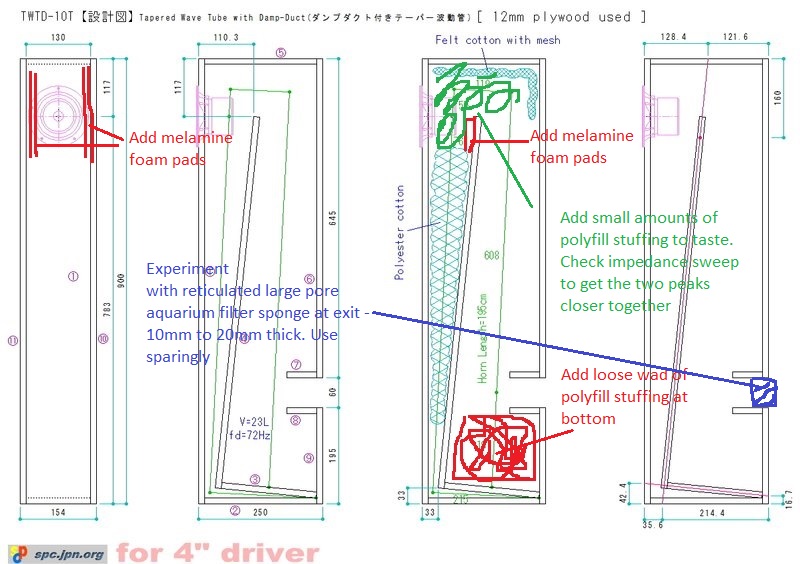
Congratulations on your wonderful mass-loaded tapered TL design! I finally got a chance to connect a headphone amp and some good headphones to listen to your YouTube recordings. Very nice natural sounding and well balanced. Your recording setup is very impressive with two AKG diaphragm shock mounted mics. They sound better than a Zoom recorder with electret mics that is for sure!
Your room is actually quite good - I do not hear a lot of room reverberations, and yet it is not too "cold".
One of the best ML TL Voigt implementations I have seen or heard in a long time - bravo!

If you want to try some easy (reversible) experimental mods, try these:
1. glue some melamine foam sponge pads (BASF Basotect - patent expired) to inside where directly in line-of-sight with driver rear membrane. This will clean up the sound intelligibility by preventing back reflections from interfering with front wave. Will sound closer to an open baffle.
2. Add small amounts of very loose polyfill stuffing in the top 180 deg turn and monitor with impedance sweep to get the two peaks closer in amplitude. Also listen and make sure the bass is not killed off. This will improve the timing of the bass and reduce group delay. Transients from kick drum will be sharper.
3. Similarly, a very thin amount of open cell reticulated fish aquarium filter foam (10mm to 20mm thick) used at the terminus vent can also reduce group delay and flatten the impedance peaks. Use very sparingly as it can kill the bass amplitude. It is a tradeoff.
4. Add a puff of loose polyfill stuffing into the large chamber at the bottom and this will reduce any echo resonances and not affect the bass at all.
Please see attached marked up sketch. These are all doable after the fact and reversible. You can put the puff of stuffing at the bottom in a mesh bag with a string and pull it out the top through the driver cutout if you don't like it. These are all possible tweaks to further refine the sound. As you can see from the measurements, there are small dips and peaks, and these steps may help to smooth all of that out even more.
5. Final mod would be to use a BSC - perhaps 1.0mH air core (18ga) inductor in parallel with circa 3.3ohm (adjust to taste and measurement from 2.2ohm to 6.8ohm) 10W resistor and 0.47uF to 2.2uF MKP film cap (adjust to taste), all in parallel. This will give the speaker the "Harman Room sound" right downwards tilt in the response for a more pleasing balanced sound with highs at 12kHz about -3dB to -5dB less than bass at 50Hz.
Attachments
Last edited:
Dear, xrk971
Thank you for many advice.
It is difficult to use the sound absorbing material, which is very helpful.
Thank you for many advice.
It is difficult to use the sound absorbing material, which is very helpful.
- Home
- Loudspeakers
- Full Range
- Tapered Wave Tube with Damp-Duct (TWTD) + Pluvia7HD
